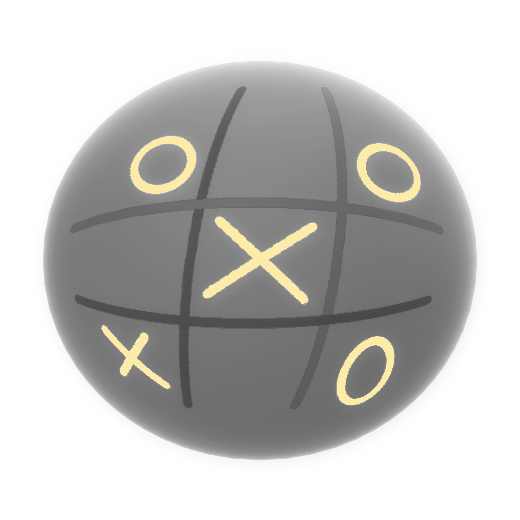This is a late Upanishad exclusively devoted to the Hindu god Rama, dated to have been composed in the modern era. The text is largely recited by Hanuman, who states that Rama is identical to the supreme unchanging reality Brahman, same as major Hindu deities, and the means to satchitananda and liberation. The text also includes sections on Tantra suggesting beej mantra based on Rama. For me, listening to Shiva mantra, by guru Satchidananda, opened up a realm where the angels started singing, the mantra of my choice. This happened at Sivananda ashram, in San Francisco, California in 2013. The same year the Sita moti, dropped in the shower of the ashram, while I was meditating on Sita, with a mala and it broke. The bathroom was completely replaced by the owner of the building shortly. The narration of the text is presented as replies by Hanuman to the questions posed to him by many rishis seeking true knowledge. Hanuman states god Rama is the supreme reality, the Brahman and the Atman (soul), and he is the medium to attain moksha or emancipation. The text presents goddess Sita, the wife of Rama, as the cause of creation, and Hanuman as the completely absorbed example and ideal devotee of Rama. Together, Rama and Sita are asserted to be the source of all existence. Who is Rama I Think of that Rama Who lives in Ayodhya Who is decorated with gems Who sits beneath a golden canopy Whose doorways are festooned with mandana flowers. He, who is seated on a throne Surrounded by celestial vehicles Who is revered by rishis Who has Sita on the left Who is served by Lakshmana; Who is the blue complexioned, Whose face is tranquil, Who is adorned with ornaments —Rama Rahasya Upanishad Rama is, asserts the text, same as other major Hindu deities. The other divinities mentioned in the text, states Dalal, as angas (aspects) of Rama are Ganesha, the Sun god, the moon god, and other avatars of Vishnu (Narayana, Narasimha, Vasudeva, Varaha). The characters of the Hindu epic Ramayana such as Lakshmana, Shatrughna, Bharata and Vibhishana are also asserted by the text to be aspects of Rama. The Upanishad adds that goddesses such as Saraswati (knowledge and arts) and Durga (fierce form of mother goddess Parvati) are manifestations of Rama, the supreme truth and reality symbolized as the Pranava (Om). Hanuman advocates the importance of reciting the six syllabled Rama Mantra, Ram Ramaya namah. In section 1.13, states Lamb, Hanuman informs Vibhishan that constant recitation of Ramnam mantra removes the bad karma of a person accrued from committing the sin of killing his father, his mother, his guru or a Brahmin. The text also recommends the reading of the Rama Gita. The text enumerates many mantras, assigning them tantric powers, which it forms by combining root mantras. All these mantras are associated with Ram, but each formulation connotes a different role. The syllables in the mantras vary from 1 to 24, and evolves mantras like Om Ramaya hum phat swaha and Om srim Ram Dassarathaya Sita vallabbhaya sarvabhita daya namah. Out of these mantras those with two to six syllables are claimed by the text to be most beneficial, states Lamb. In contrast, Mahadevan interprets the text as glorifying eight syllable mantra, in the form "Sri Ramah, sa-ra-nam ma-ma" or "Sri Rama is my refuge". The single syllable Ram signifies the supreme reality Brahman, whereas split into two syllables "ra – ma", it emancipates according to the text. The Upanishad text has verses that relate to dhyana or the contemplation of Rama. The text, states Dalal, asserts that the "rahasya" or secret of "energising the body" (Nyasa) is to recite Rama mantra it discloses while touching different body parts. The Upanishad, states Dodiya, asserts that the roots of syllables "r+aa+ma" form the word Rama. In relation to the evolution of the mantras is stated to indicate the incarnation of the Satchitananda, as my guru deva in San Francisco this present moment, and as 'r' is a consonant it is indivisible and hence beyond maya or Mayatita, implying the unchanging reality that is Brahman. The syllable Aa suggests swarup and which is influenced by maya (mayavishist) element or principle. This mantra Rama is the Bija or seed of Rama Mantra. Hence Rama as Brahman, states Dodiya, is endowed with Maya or the observed empirical universe.


 Shop Ventures NFT
Shop Ventures NFT